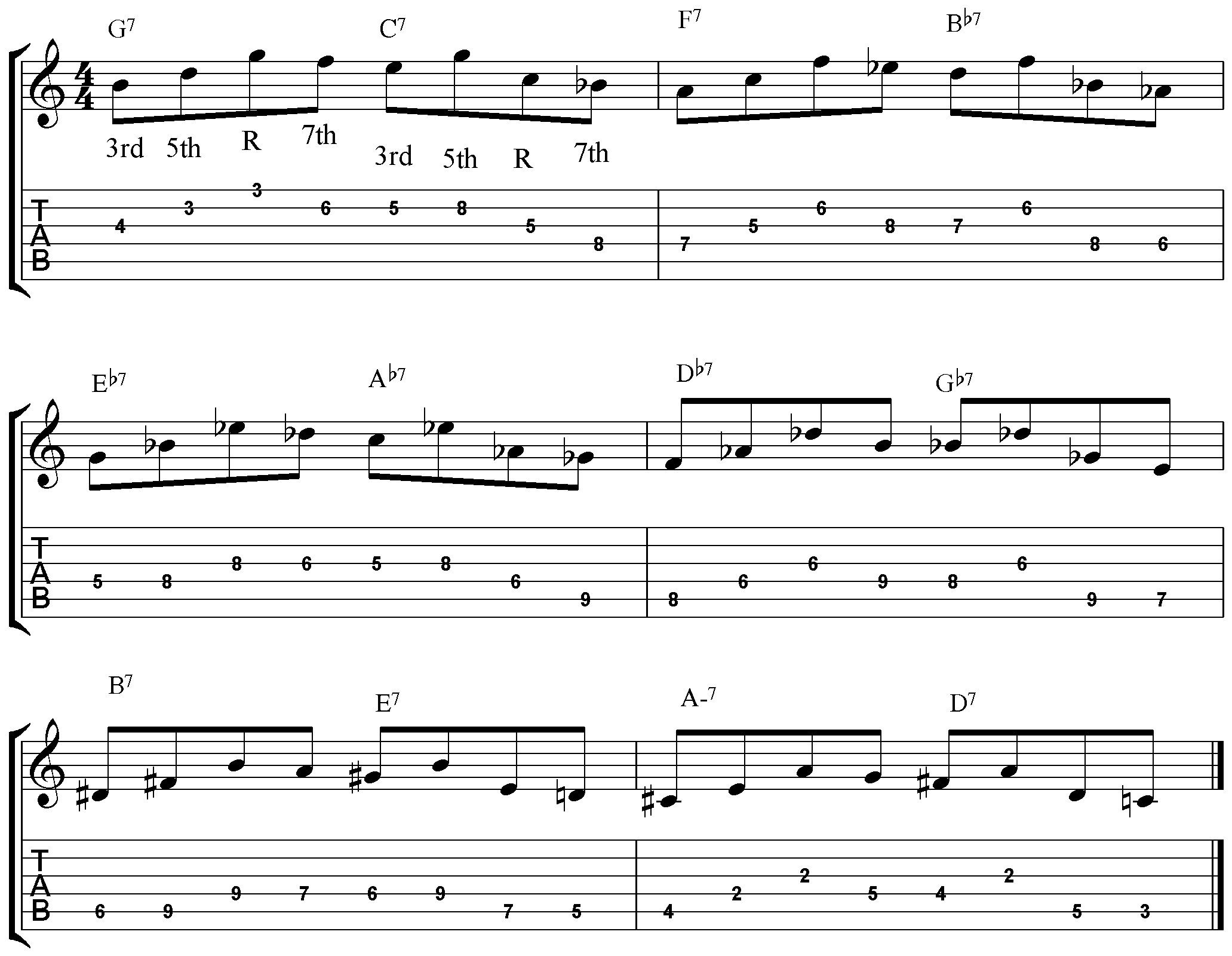50 Essential Jazz Guitar Licks eBook with notation, tab and audio examples. Topics covered in 50 Essential Jazz Guitar Licks. Swing, blues, bebop, hard bop,.
• • • There is no doubt that Wes Montgomery (aka The Thumb) was one of the most legendary players of all time. He was one of the best single-line soloists in jazz history, on the guitar or otherwise. His lines had driving rhythm, interesting note choices and always had a sense of melody and melodic development that has made him stand out from his peers for the past 60 or so years.
A true legend, Wes Montgomery left a huge impression on the jazz community with his recording output, inspiring future generations of guitarists to pick up the guitar and explore the jazz idiom at the same time. Beginning his career by learning and performing note-by-note transcriptions of solos, Wes quickly moved on to become one of the most influential guitarists from his, or any, era. His influence can be heard in the playing of great guitarists such as,,, and Emily Remler, just to name a few. You would be hard-pressed to find any jazz guitarist that wasn’t influenced by Wes’ playing at one point or another in their development. Since Wes was such a powerhouse in the jazz guitar world, it is a good idea to spend some time studying his licks, phrases, and improvisational concepts, which is what this lesson is designed to do. So, grab your favorite axe (an L-5 if you have one handy) and begin exploring these commonly used phrases and improvisational concepts taken from the playing of one of the greatest jazz guitar players of all time, Wes Montgomery.
Recommended listening. Elexia comfort manual muscle. Wes Montgomery Lick List • • • • • • • • • • • • • • • • • • • • • • • • • • • • • • • • • • • • • • • • • • • • • • • • • • • How to Practice These Licks To help you take the licks on this page further in your practicing and performance ideas, here are a few exercises that you can use to work these phrases into your playing. • Before you learn how to play any lick, check out the theory behind the phrases to figure out the building blocks of the line, allowing you to create your own similar lines in the future. • Play the licks in different keys across the neck. • When studying a lick, find at least one other fingering in a different part of the neck. • Transpose licks up or down an octave to have them available in at least two ranges on the neck. • Begin to alter the lick in your solos by changing the, adding notes into the phrase and taking notes away in order to make it less of a memorized phrase and more of a part of your playing overall.
Wes Montgomery Patterns Learning often means studying lines and phrases, breaking them down and understanding the building blocks of each line so that you can create your own improvised lines and phrases. As well as studying longer lines, and breaking them down on your own, you can also study mini licks or, lines that are 1 to 4 beats long, that you can then combine in your playing to create improvised lines in your solos. In this section, you will learn four patterns in the Wes style that you can add to your vocabulary, as well as combine in order to create longer phrases when bringing these ideas to your jazz guitar soloing lines and phrases. Minor Pattern The first mini-lick is a m7 phrase that comes from Wes’ concepts and is based on the 3 to 9 arpeggio. This means that when playing over Am7, you are using the Cmaj7 arpeggio to outline a rootless Am9 sound: Cmaj7 Arpeggio C E G B Played over Am7 b3 5 b7 9 To help close the line, the second last note is the root, which helps resolve the Cmaj7 sound. But, you don’t necessarily have to have the root in your line when playing 3 to 9 arpeggios, that is up to you. Listen & Play Along.
